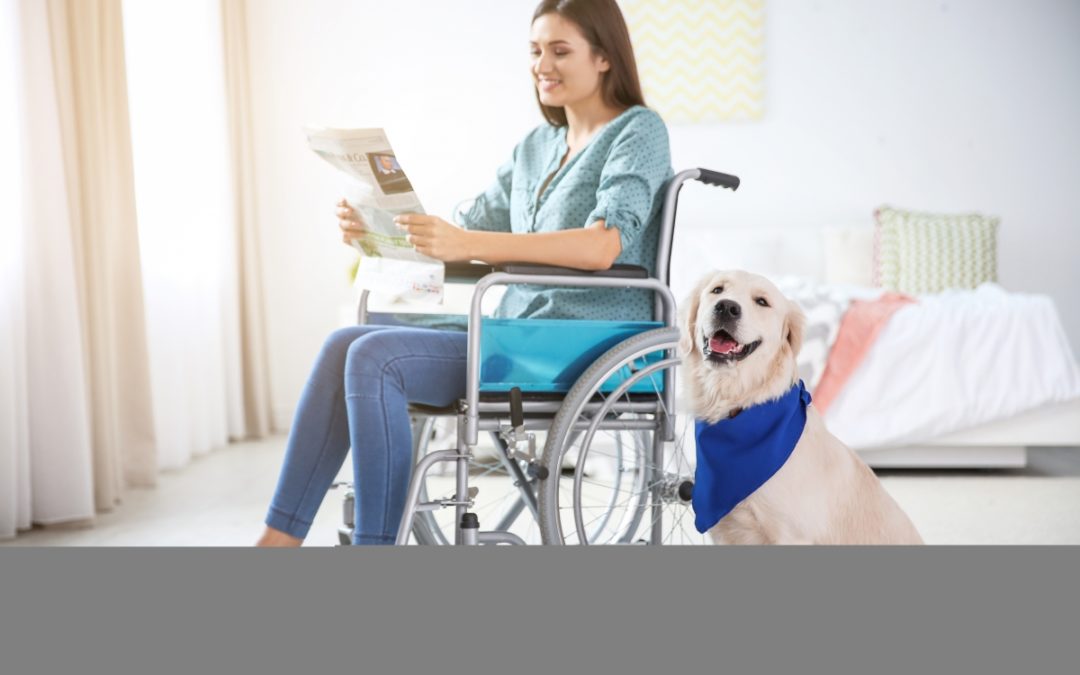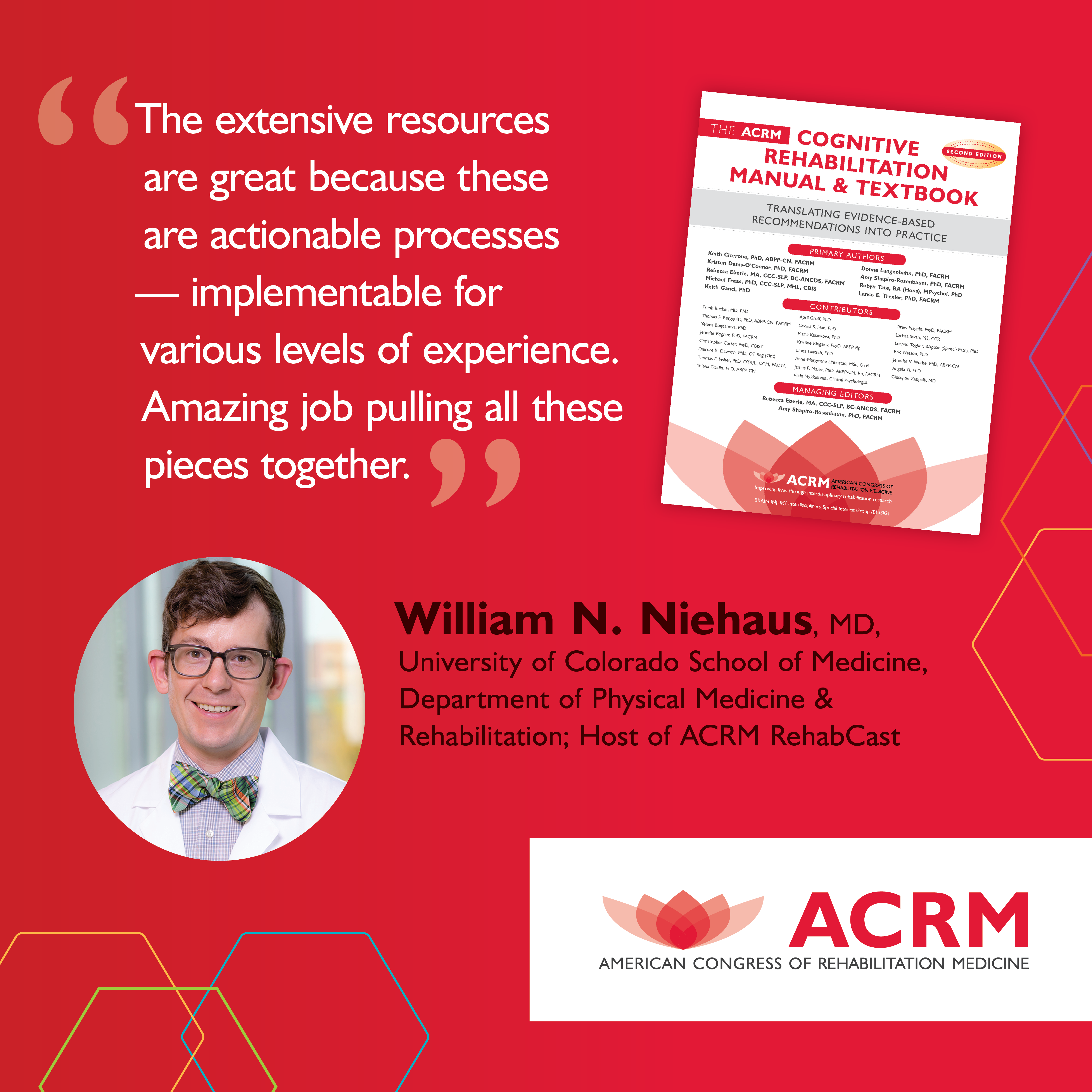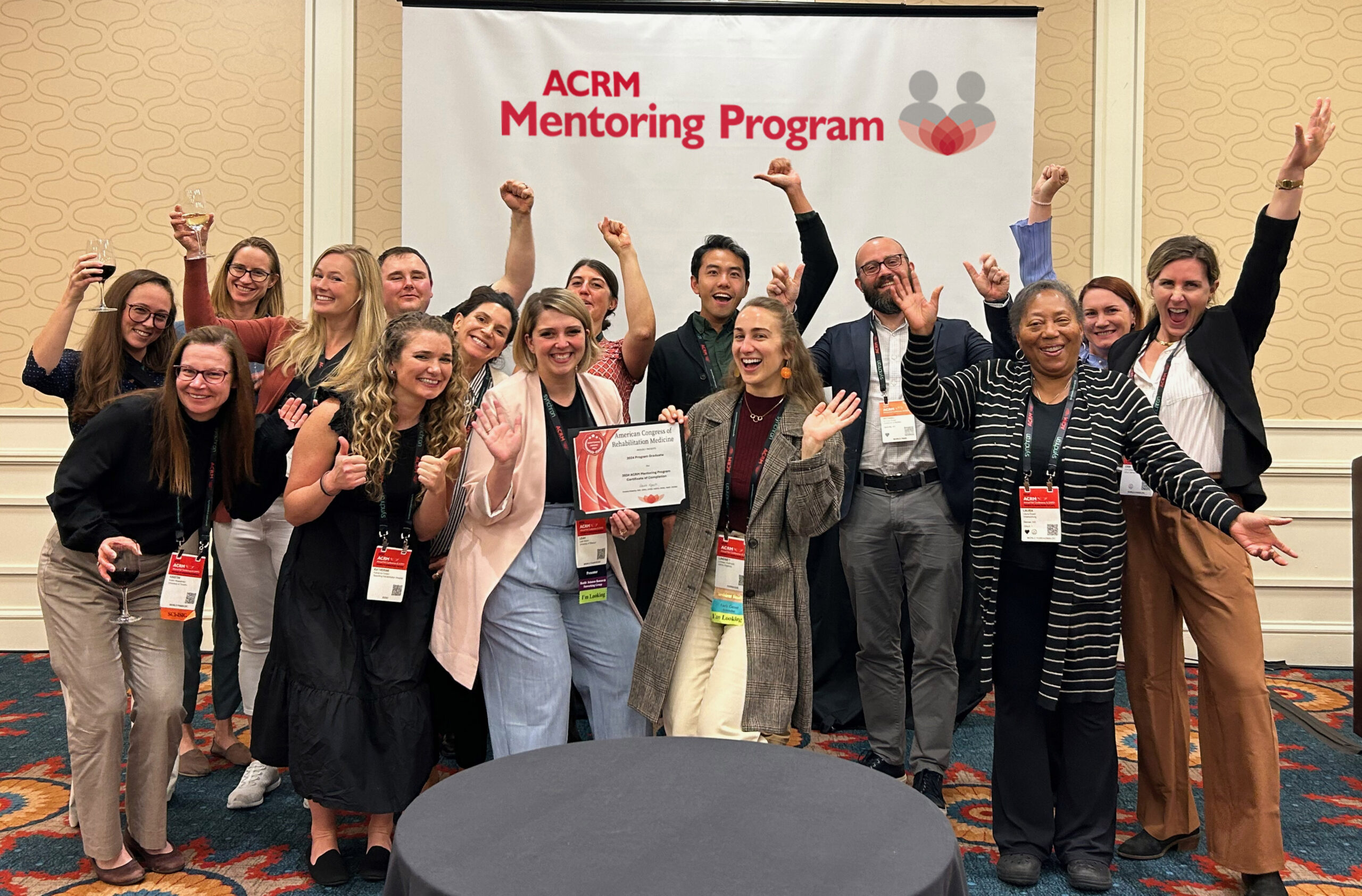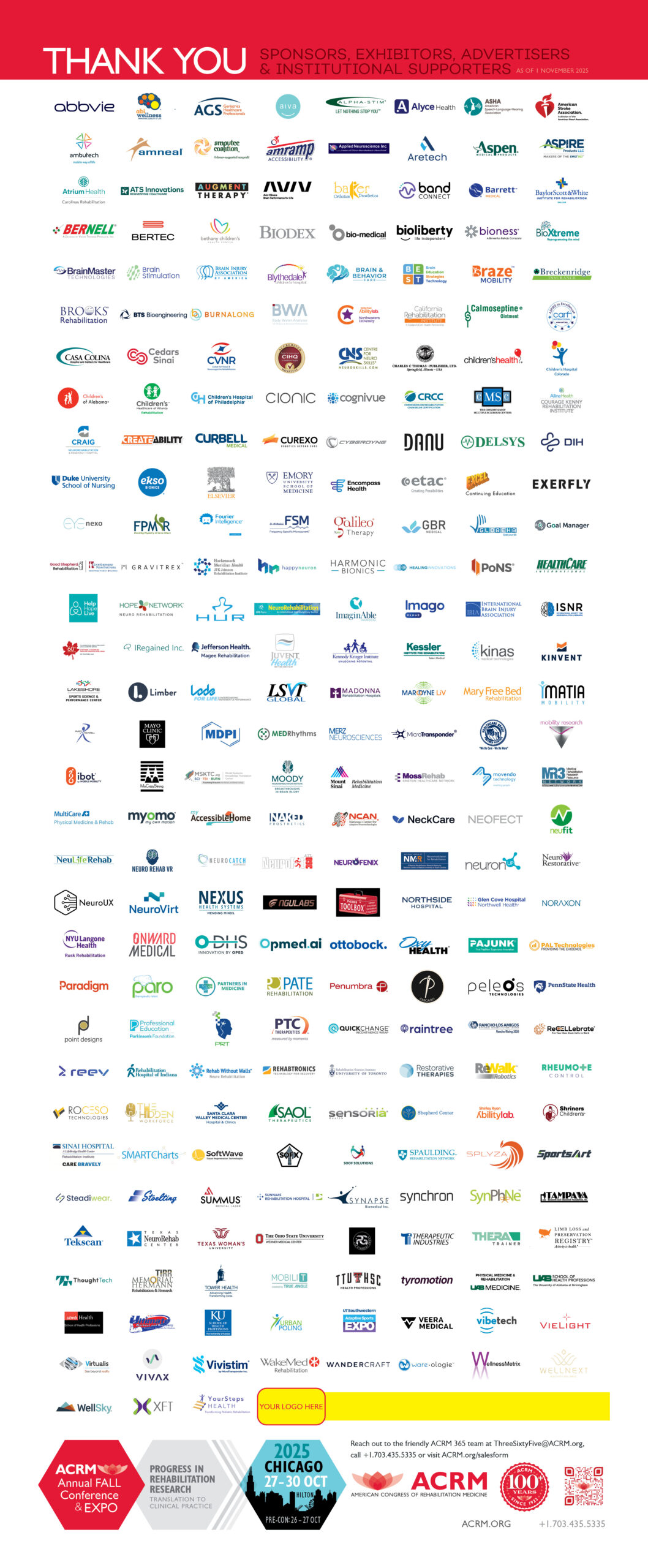When you think of animals and rehabilitation medicine, you might first think of a seeing eye dog assisting someone with vision impairment. Or of psychiatric service dogs helping people with post-traumatic stress disorder or depression. Service dogs can also assist their partner during and after a seizure, including helping to warn the person of an oncoming seizure.
In today’s post, we’ll be looking at how animal-assisted therapy can help patients recover from traumatic brain injuries. The mission of ACRM is to improve the lives of those with disabling conditions, such as traumatic brain injuries. We curate and disseminate world-class rehabilitation research in person at ACRM meetings, in print through our ACRM archives (the most-cited journal in rehabilitation), and online both on our website and here on our blog! Continue reading to learn more and consider joining the American Congress of Rehabilitation Medicine.

What is Animal-Assisted Therapy?
Animal-assisted therapy, or AAT, is just what it sounds like — animals facilitating healing and rehabilitation. AAT is different from animal visitation programs, when animals visit facilities with their owners. Animals used for AAT are specially trained and can be owned by the patient or the therapist themselves.
Animal-assisted therapy can take place in nearly any setting. Animals have gone into hospitals, nursing homes, mental health facilities, and prisons. Treatment can occur one-on-one or in groups, but it must be led by a qualified therapist in order to be AAT and not just an animal visitation. Although just spending time with an animal can have benefits, AAT involves specific therapeutic goals, strategies, outcomes, and measures.
The benefits of animal-assisted therapy are large and diverse. Just as each rehabilitation case is unique and requires its own form of rehabilitation medicine and rehabilitation plan, each relationship between animal and patient brings its own results. Some benefits of AAT include:
- Improved fine motor skills and balance
- Reduced blood pressure and risk of heart attack or stroke
- Increased self-esteem and ability to take care of oneself
- Improved social skills, focus, and attention
- Increased empathy, trust, and teamwork
- Reduced stress, anxiety, grief, and isolation
Both severe and mild traumatic brain injury patients can benefit from animal-assisted therapy. And many other types of patients can benefit as well, including people with chronic pain, autism spectrum disorders, cancer, dementia, developmental disorders, and a variety of psychiatric disorders.
Animal-Assisted Therapy and TBI Recovery
After a traumatic brain injury, people often suffer from problems with social interaction. For example, they may have difficulty interpreting facial expressions, tone of voice, or other forms of emotional processing. Many victims of TBIs experience personality changes, which causes stress in relationships and their social life. Family and loved ones often describe a lack of warmth, love, and connection after the traumatic injury and that symptom places a large burden on the relationship.
Animals can help TBI patients learn to reconnect with others in a lower-stakes environment. Animals can teach people that no matter what they’re feeling or how they’re reacting, they are worthy of love and belonging. Animals can also be a mediator between the patient and the people they are interacting with. Dogs are also used to assist individuals with mobility issues and can be trained to carry personal items or assist their partner in other ways.
More so, the presence of an animal calms the nervous system and helps with moderating reactions to stimuli. Individuals with severe brain injury often have little control over their lives, and owning an animal of any kind can be an opportunity to have control over at least one part of their lives. Animals also have a calming effect for stroke victims and nonverbal individuals.
Join ACRM
The ACRM interdisciplinary Lifestyle Medicine Group is a wonderful resource for those interested in rehabilitation medicine. Its mission is to integrate the practice of lifestyle medicine into the practice of physicians, therapists, nurses, social workers, and other allied health professionals.
The ACRM conference is another great way to network with colleagues and keep up with the latest trends in rehabilitation medicine. Join the discussion today and help change the lives of people living with disabilities. If you enjoyed this article, you may also be interested in joining our Pain Rehabilitation Networking Group.
Join ACRM today to contribute to the conversation and research surrounding traumatic brain injury recovery.











